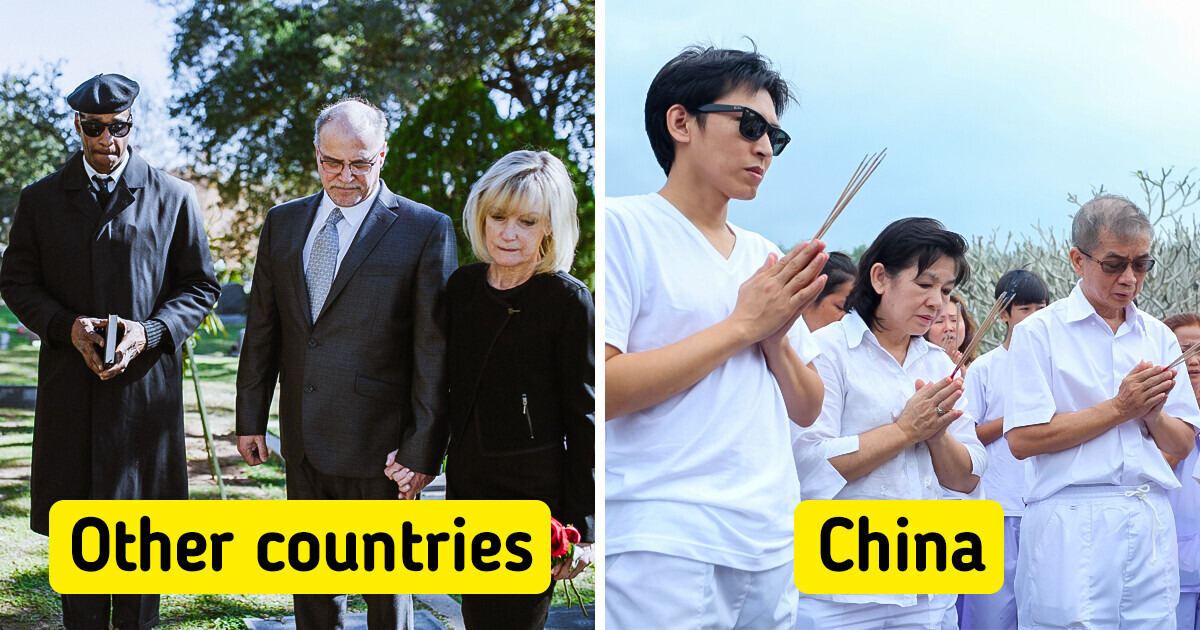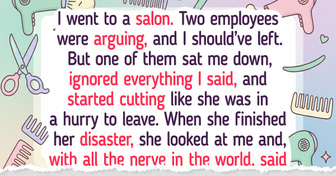13 Stories Proving That Female Solidarity Turns Ordinary Women Into Legends


With a population of over 1.3 billion, and a compelling history of philosophy and empire, most would agree that China is a fascinating place. Its influence is so widespread that we even celebrate the Chinese New Year in many countries across the world. However, some Chinese customs are less widely known, and some may even shock you.
Here at Bright Side we’ve gathered a list of lesser-known Chinese customs that might boggle your brain.
While foreigners might find this upsetting, it is customary in rural areas of China to perform marriages between the deceased and the living. This occurs for a number of reasons—a terminally ill groom could be engaged, or a family could be intent on continuing the family line. A widow might partake in a marriage ceremony wherein her late groom is represented by a white cockerel. In some cases, she can also adopt a future heir.
Chinese foot-binding dates back to the late 13th century and is now largely obsolete across China. The practice involved wrapping the feet tightly in gauze to force them to squeeze into tiny “lotus” shoes. Inevitably, this practice led to broken toes and permanently deformed feet. While Western beauty practices can be painful and constrictive, we have to agree that Chinese foot-binding was especially brutal.
We might not like to admit it, but many of us are superstitious. Some of us will avoid booking appointments on Friday the 13th, and walking under ladders can make us feel uneasy. In Chinese, the number 4 is considered very unlucky, resembling the Cantonese word for “death.” With this in mind, many elevators in China will eliminate the number 4 from their floor levels entirely.
This custom is a surprising one considering our associations of death with the color black. But, in fact, white is the color reserved for death in China. This includes funeral garb for both the guests and the deceased along with flowers and money envelopes.
For birthdays, graduations, and New Year’s celebrations, red envelopes filled with money are popular gift items. This practice dates back to the Qin Dynasty when the elderly would thread together coins with red string. This was both a sign of good luck and a means of warding off evil spirits. Like most traditions, it’s even been given a digital update with users sending red envelopes via mobile payments.
Whether you’re offering compliments or tea, it’s customary to refuse a gift the first time as a sign of respect and humility. So if someone offers you a gift in China, be prepared to politely refuse it a couple of times—you’ll appear less eager and greedy, and this will score you etiquette points!
This fact seems strange considering China’s (now declining) history of dog meat consumption. With more dog’s being rescued by activists, many pooches are now enjoying a prized position as a status symbol amongst the emerging middle class. This adorable Tibetan mastiff, named Big Splash, was even purchased for nearly £1million (around $1,280,000).
The Western world seems to be catching on with its hot-water-and-lemon combo, but Chinese people have been drinking hot water for years as a way to restore health and reduce ailments. Because of this, it’s not uncommon to be offered hot water in a restaurant instead of tap or ice water.
The desire for a paler complexion is still very popular in China. As a result, it’s not unheard of to don a “facekini” when you’re out in the sun—especially if you’re near the coast.
As polite as it may seem to share your food, you should probably avoid splitting your pear with a friend. In Chinese, “to share a pear” sounds exactly the same as “to separate.” As a consequence, sharing pears is usually seen as a bad omen and a sign that the friendship might deteriorate soon.
The Western world could be seen to have an excessively complex cutlery range—especially when fancy restaurants are involved. In China, chopsticks are the staple cutlery and prove surprisingly versatile. While many restaurants might have a fork handy, it’s never too late to brush up on your chopstick-holding skills.
Which of these customs surprised you the most? Tell us in the comments below!











